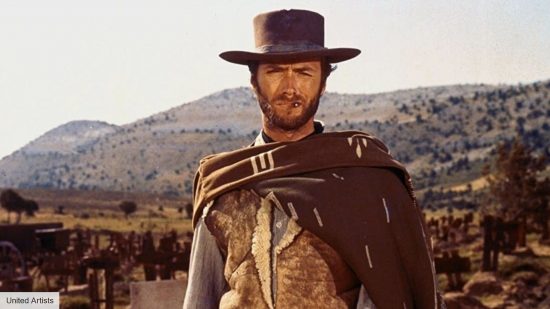Our Verdict
A Clint Eastwood classic which is more than deserving of the decades-long hype it has been given.
Clint Eastwood has established an incredible reputation over many decades to become one of the best actors and best directors around. Ask most folk, and they’ll tell you his pièce de résistance is The Good, the Bad, and the Ugly, a film widely regarded as the best western ever made.
This bonafide classic is lauded by critics and audiences. IMDb even ranks it as one of the best movies of all time. High praise indeed, which makes it all the more intimidating for someone who has never seen it. Well, this review comes to you from the perspective of a first-time watch, and suffice to say, The Good, the Bad, and the Ugly lives up to the hype.
Rounding out the Dollars trilogy — also known as the Man With No Name trilogy — The Good, the Bad, and the Ugly is a thrilling conclusion to these loosely connected stories and is truly a perfect film.
While A Fistful of Dollars and For a Few Dollars More are more concise and smaller in scope, this third installment is a sprawling epic. The Good, the Bad, and the Ugly is far more elaborate than its predecessors, spanning multiple locations and making the most of a two-and-a-half-hour runtime.
This Clint Eastwood movie is essentially a prequel to the other two films in the trilogy. Here, Eastwood plays Blondie, a typically cool and charismatic bounty hunter, and the titular “good.” He befriends “the ugly” Tuco (Eli Wallach) after a chance encounter leaves the pair with two halves of a piece of valuable information — the location of $200,000 worth of gold.

Their journey sees them cross paths with “the bad”, a vicious man known as Sentenza (Lee Van Cleef), who from the very first scene is framed as the movie villain. He begins the film by slaying a man and his family in their home, and continues to feed his cruel bloodlust henceforth.
The dynamic between the three actors throughout is electric. Eastwood is typically sharp-witted and delivers every line with that gravelly bravado we have come to expect. But in many ways, Wallach and Van Cleef outshine the starring man here.
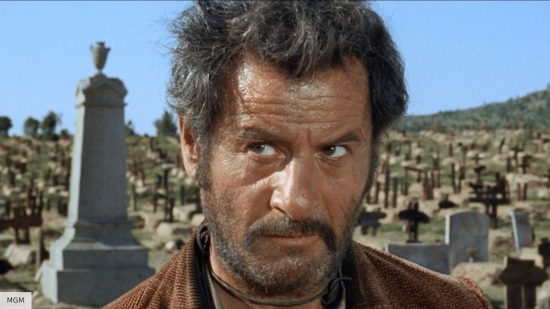
Van Cleef played the far more benevolent Douglas Mortimer in For a Few Dollars More, but he really thrives playing a more despicable man in this outing. He brings a formidable gravitas to the role of Sentenza and becomes a bad guy we love to hate. Meanwhile, Wallach brings a wild energy to Tuco, a man whose desperate and erratic nature has a certain endearing quality.
The story is not an overly-complicated one. Three men want some treasure and will do anything to get their hands on it. It’s a story we’ve seen before and will see again. But it’s these incredibly rich characters that imbue the narrative with pure magic. That said, there are a couple of genius plot twists along the way to keep us on our toes, too.
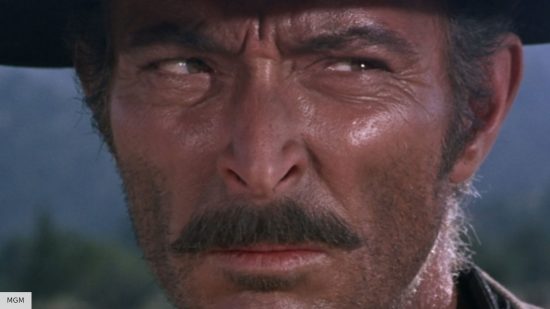
What really enhances this picture and makes it deserving of its place among the best of the best, though, is in its technical features. From the moment the opening credits roll, you simply know you are about to witness a masterpiece. This thriller movie may be approaching 60 years old, but it’s still oozing with style and panache.
The cinematography of Tonino Delli Colli — under the expert direction of the legendary Sergio Leone — is sublime. Incredible shot composition throughout utilizes doorways and windows, stunning vistas, and invasive close-ups to create picture-perfect frames. Of course, it helps when the production design is firing on all cylinders, too, with impeccable costume and set design elevating every moment.
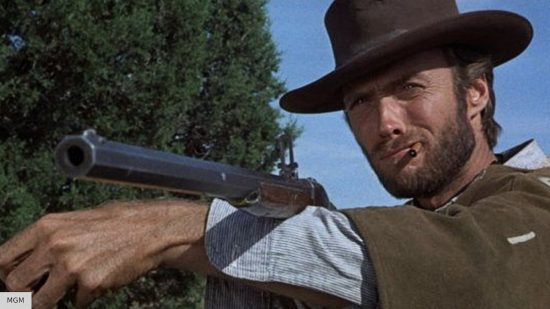
One of the most enduring facets of this flawless film, however, is the score. Ennio Morricone constructs a haunting choir of human vocals, flutes, and an odd instrument known as an ocarina. Intentionally animalistic and relentlessly vigorous, the score is undoubtedly among the finest ever put to film and perfectly captures the spirit of this frenetic adventure movie.
The music reaches a stunning crescendo as Tuco searches the graveyard for his buried treasure, and the camera spirals out of control. Then, as the three men converge on the coveted X that marks the spot, we witness one of the most iconic scenes in cinematic history: the standoff. Here, the rousing score combines with dynamic shot composition, steely performances, and slick editing to provide a captivating finale.
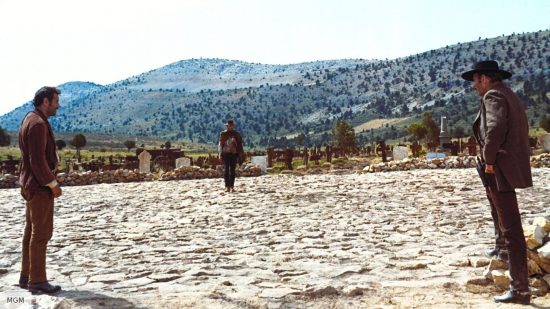
If we could give a film six stars, The Good, the Bad, and the Ugly would be more than deserving. Alas, numbers don’t work that way, not even for Clint Eastwood.
For more from the man himself, here’s a story about how Clint Eastwood refused to leave a movie set that was on fire, and you can find out how Clint Eastwood and Spike Lee’s feud was settled at a basketball game. Alternatively, look ahead to all the new movies on the way this year.
